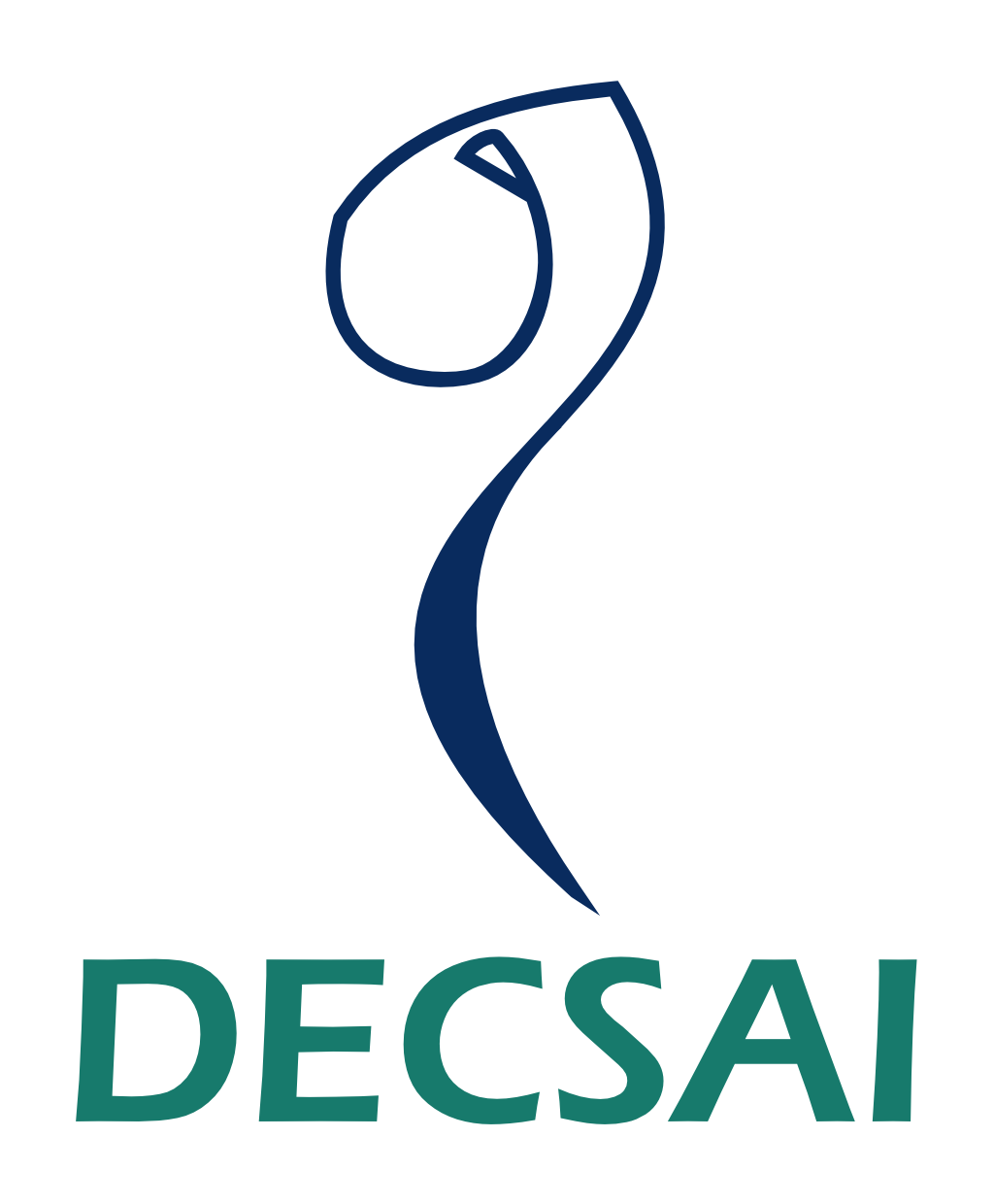The Department of Computer Science and Artificial Intelligence of the University of Granada was created in 1988.
This Department is composed of professors belonging to the area of knowledge of Computer Science and Artificial Intelligence.
At the beginning, it was mainly made up of the members of the Working Group on Approximate Reasoning, which started work in 1978. The group evolved and grew naturally (incorporating new members and modifying and increasing its lines of research) until January 1988, when the group became a Department.
Currently, the Department is based at the E.T.S. de Ingeniería Informática y Telecomunicación, where it carries out most of its teaching and research activity, although it has premises at the Faculty of Library Science and Documentation and at the Mecenas Building (Faculty of Sciences) within the Granada university campus. The department also has a presence on the Ceuta campus.
This department holds a Seminar on Artificial Intelligence. Over the last few years, eminent researchers from countries such as the United States, Great Britain, France, Germany, Japan, Belgium, Italy, Denmark, Portugal, Brazil, Poland and Hungary have taken part in it.
This department has organised the following events in Granada:
-
1986: Study Days on Artificial Intelligence.
-
1987: International Workshop on Approximate Reasoning and Artificial Intelligence.
-
1988: Ist Spanish-Polish Conference on Computer Science and Systems Analysis.
-
1990: IV National Symposium on Shape Recognition and Image Analysis.
-
1991: I Spanish Meeting on Fuzzy Technology and Logic.
-
1991: Ist OMC TEMPUS Meeting.
-
1992: 3rd Workshop of the STATLOG Esprit Project.
-
1993: ECSQUARU'93. European Conference on Symbolic and Quantitative Approaches to Reasoning and Uncertainty.
-
1996: IPMU'96. Information and Management of Uncertainty in Knowledge-Based Systems.
-
1997: III Workshop of the European Science Foundation Scientific Network: Converging Computing Methos in Astronomy, entitled From Information Fusion to Data Mining
